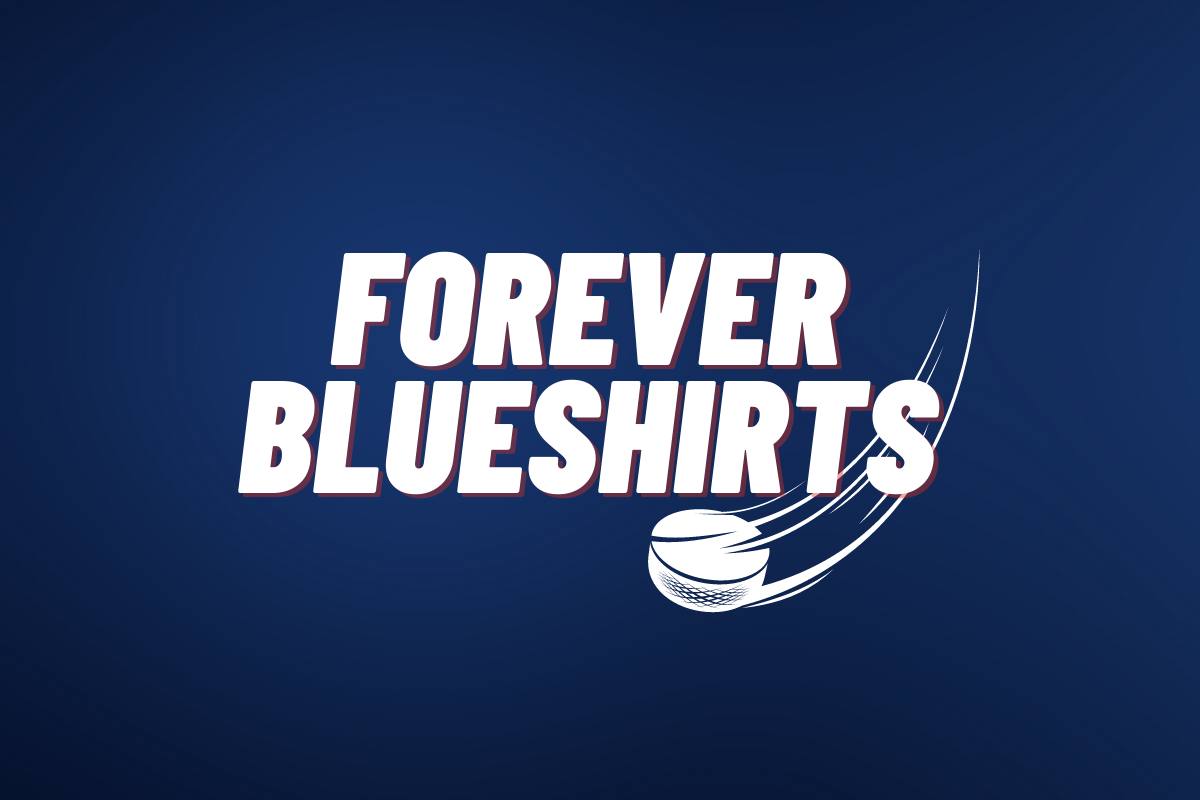Mats Zuccarello traveling to Tampa is another encouraging sign in concussion protocol
Mats Zuccarello is with his teammates in Tampa Bay and while he’s far from playing it’s a good sign in his overall recovery. Traveling by air after a traumatic brain injury (TBI) can be dangerous depending on the severity of the injury or other health related factors.
In cases where the symptoms have subsided or are very minor, travel by plane can be made comfortable and by taking ibuprofen. Dr. Rachel Zahn responded to a mother’s concern on a family website:
[su_quote cite=”Rachel Zahn, MD” url=”https://mamasoncall.com/2011/08/air-travel-after-a-concussion/”]At sea level, the air we breathe contains about 21 percent oxygen, while due to pressure differences on a typical commercial flight the cabin air has only about 15 percent oxygen. This can result in a slightly lower blood oxygen saturation for passengers while in the air. For healthy individuals this small decrease usually goes unnoticed, however adults with recent head injury have reported an increase in symptoms like headache and nausea while on board. It’s not that these would present any long term health danger, but they could make (someone) feel lousy during the flight.[/su_quote]
The NHL concussion protocol goes to great lengths to ensure their players safety today as opposed to just 5 years ago. Via the Ontario Brain Injury Association, the new protocol for evaluation by a physician takes place if any of the following occurs:
- Loss of consciousness
- Motor incoordination/balance problems
- Slow to get up following a hit to the head
- Blank or vacant look
- Disorientation
- Clutching the head after a hit
- Visible facial injury in combination with any of the above
The physician will perform the evaluation in “…a quiet place free from distraction” (i.e. not the bench), and will use a standardized assessment tool – the NHL SCAT 2 (sports concussion assessment tool).
The NHL SCAT 2 also helps determine when a player can get back on the ice. Recommendations state a player needs to gradually resume activity as follows:
- Complete rest until symptom-free
- Light aerobic exercise
- Sport-specific exercise
- Non-contact drills
- Full-contact drills after medical clearance
- Return to competition
By looking at this, Zuccarello appears to be between 3 and 4 as he makes his way back to the lineup. As far as the coach is concerned, there’s nothing to discuss except he likes having Zucc’s infectious smile around.
[su_quote cite=”NYDN” url=”https://www.nydailynews.com/sports/hockey/rangers/rangers-insider-zuccarello-not-close-return-article-1.2228691″]“Like I’ve done throughout my time here in the regular season and the playoffs, I work with the players that are available. I don’t worry about the ones that are not,” Vigneault said at the team’s hotel Tuesday night. “I just love having Zuccy around because he smiles a lot. But other than that, I’m not thinking about him. He’s not ready to play.” [/su_quote]
All in all each piece of information that has come out recently is good news. That’s more important to his health than the game of hockey.
More About:New York Rangers Features

